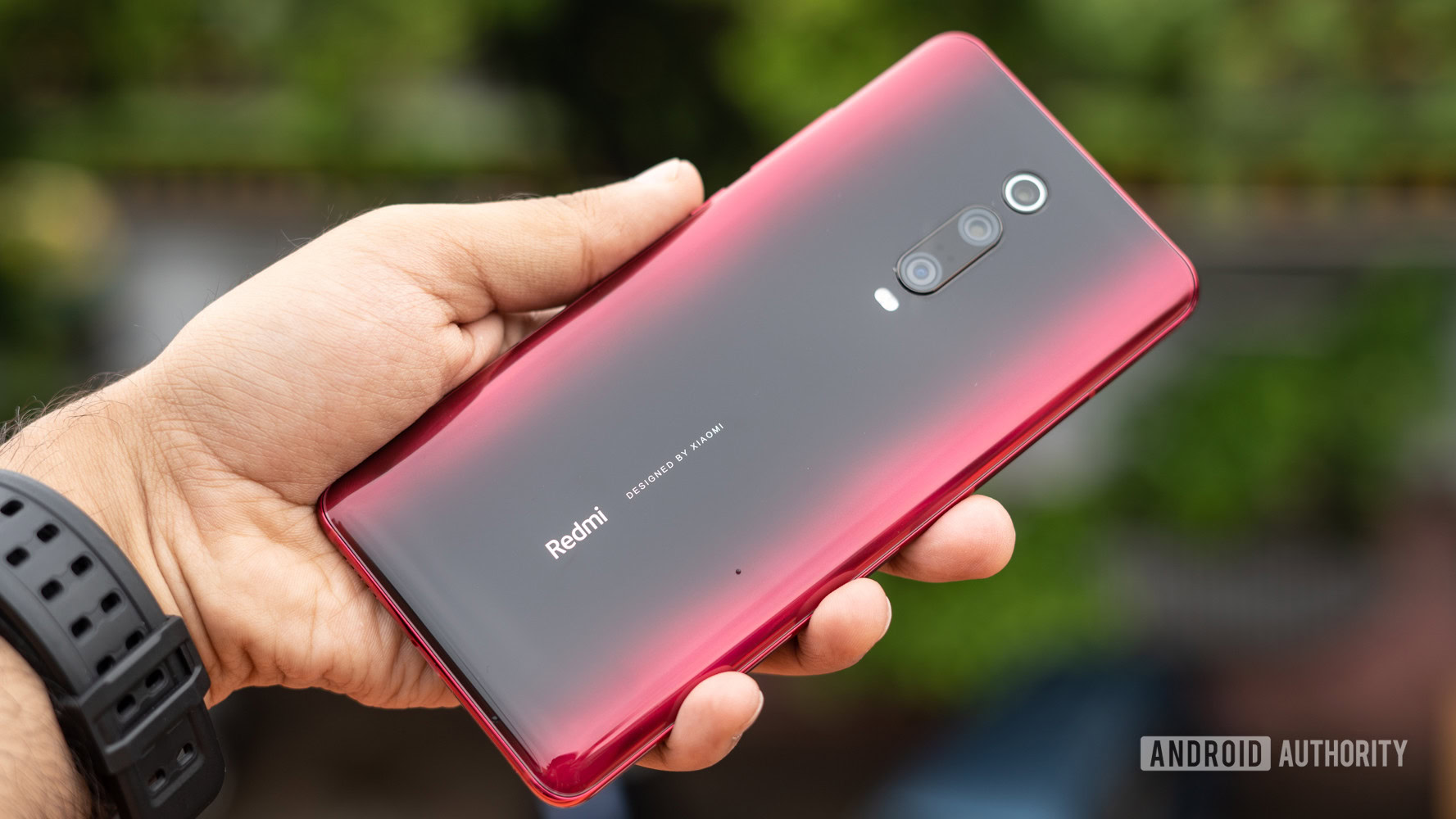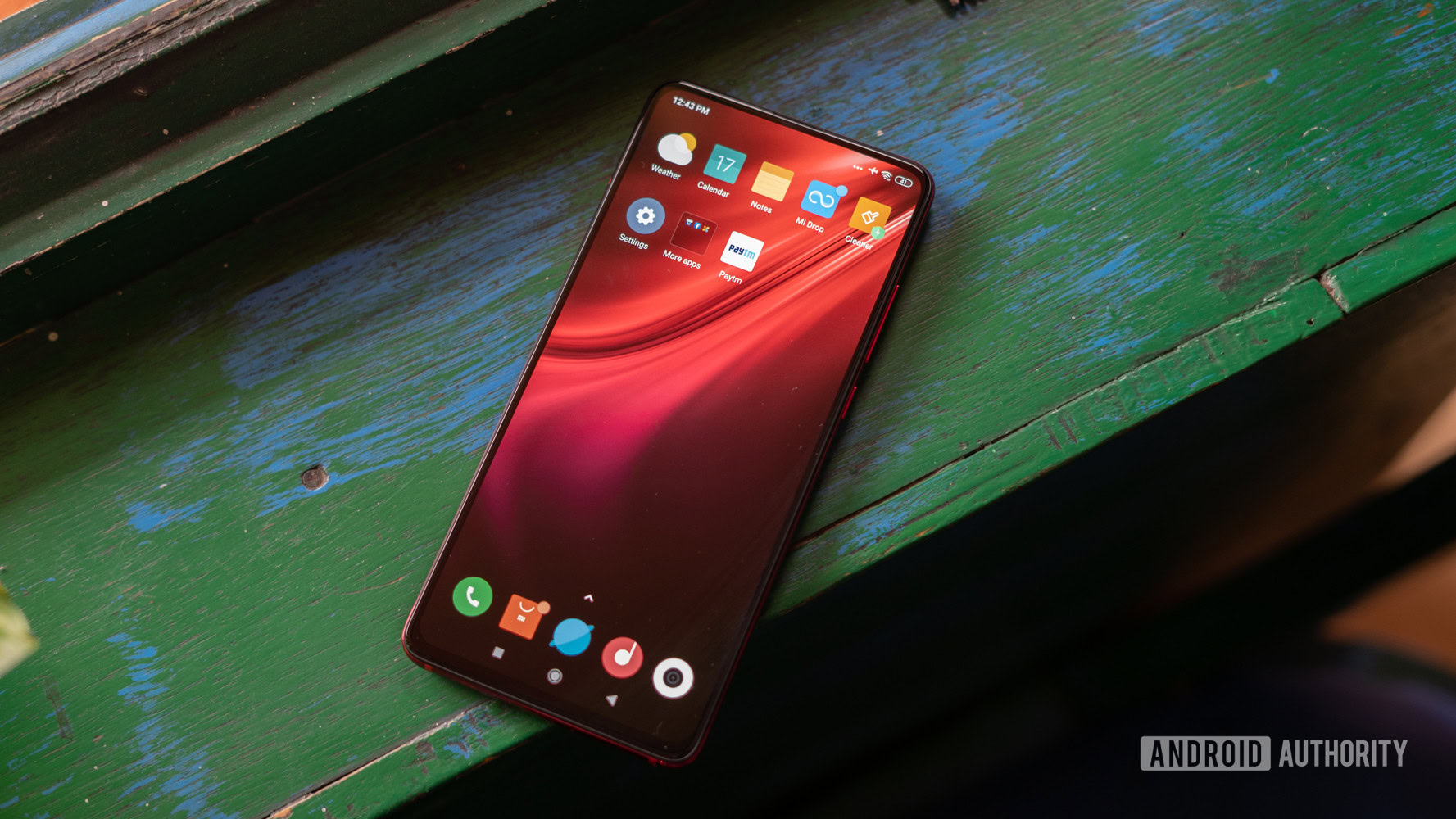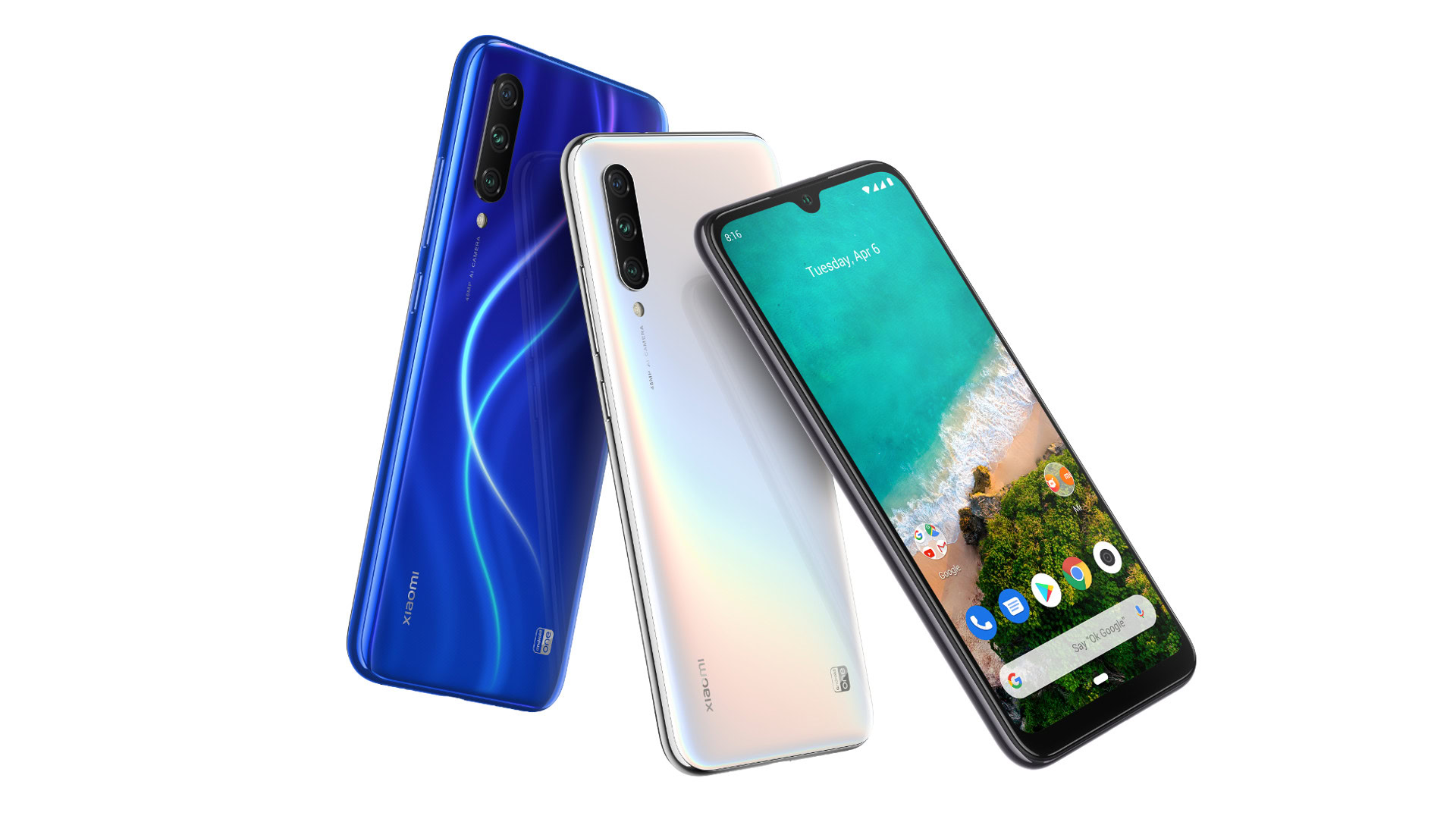Affiliate links on Android Authority may earn us a commission. Learn more.
Here's why the Redmi K20 Pro is more expensive than the POCOphone F1

Xiaomi launched the Redmi K20 series in India this week, with the Redmi K20 Pro arguably the main attraction. The device is seen by many as a successor of sorts to the POCO F1 (or POCOphone F1, if you’re not in India), offering flagship silicon, an affordable price, and a 4,000mAh battery.
The Redmi K20 Pro is notably more expensive in India than the POCO F1 though, starting at 27,999 rupees (~$407). Meanwhile, the POCO F1 had a recommended price of 21,000 rupees (~$300) at launch. The Indian pricing is also more expensive than Chinese pricing, with the K20 and K20 Pro starting at ~$289 and ~$362 respectively in Xiaomi’s home market.
Now, Xiaomi India managing director Manu Kumar Jain has penned an open letter to customers to explain the price discrepancies
It’s been 5 years in the making. And boy, we are proud of it! #RedmiK20 and #RedmiK20Pro are the Alpha Flagships, the best among the best!Here’s an open letter from @manukumarjain to all you Mi fans who made this possible! #Xiaomi #FlagshipKiller pic.twitter.com/oDchPNGLqy— Redmi India (@RedmiIndia) July 18, 2019
Jain called the Redmi K20 Pro a “true” flagship, pointing to the AMOLED screen, triple rear camera setup, pop-up selfie camera, and in-display fingerprint sensor. Meanwhile, the POCOphone F1 ships with an LCD screen, dual rear cameras, a selfie camera in a notch, and a rear fingerprint scanner. So it’s tough to argue that you aren’t getting more features — and more features cost money.
The Xiaomi executive added that the Snapdragon 855 and Snapdragon 730 (used in the K20 Pro and standard model respectively) are more expensive than their predecessors too.
“Please note, latest technology gets cheaper with time (sic), we could have used (an) older generation processor to save money or we could have waited for six months for component costs to go down and hence further reduce the price of Redmi K20. But that would’ve gone against our philosophy of bringing the latest innovation to you,” Jain said. It’s unclear if the introduction of the Snapdragon 855 Plus has resulted in a price drop for the vanilla Snapdragon 855 though.
Pricing in China versus India

The Xiaomi India managing director addressed the price difference between the phones in India and China too. Jain said the K20 Pro starts at 128GB in India, while the model starts at 64GB in China. In saying so, the 128GB model retails for ~$376 in China — a fair amount cheaper than the ~$407 Indian price.
He also pointed to the local manufacturing process as one other challenge, noting the manufacturing plant received extensive upgrades in order to produce the phones.

Jain said “nearly 65 percent of the value of the smartphone” was sourced locally, while 35 percent had to be imported. Importing these parts leads to higher taxes and therefore affects the cost of the phone too, the representative said. But he noted that there was only a three percent price difference between the top-end Chinese and Indian models (8GB/256GB).
The executive said Xiaomi could’ve also chosen to reduce prices by using cheaper materials (e.g. plastic) or by “compromising on quality,” but they opted against this approach.
“While we respect everyone’s opinion, but it is not correct to assume (sic) that we as a company will incur losses in order to make our products more aggressively priced,” Jain added, saying they made less than five percent net profit from the series.
It’s understandable that people were hoping for the Redmi K20 Pro to offer pricing in line with the POCOphone F1. But it’s clear you’re getting a lot more bang for your buck with the new device. So unless Xiaomi refreshes the POCOphone F1 with a new chipset (and little else), you might have to spend extra to buy the K20 Pro instead.